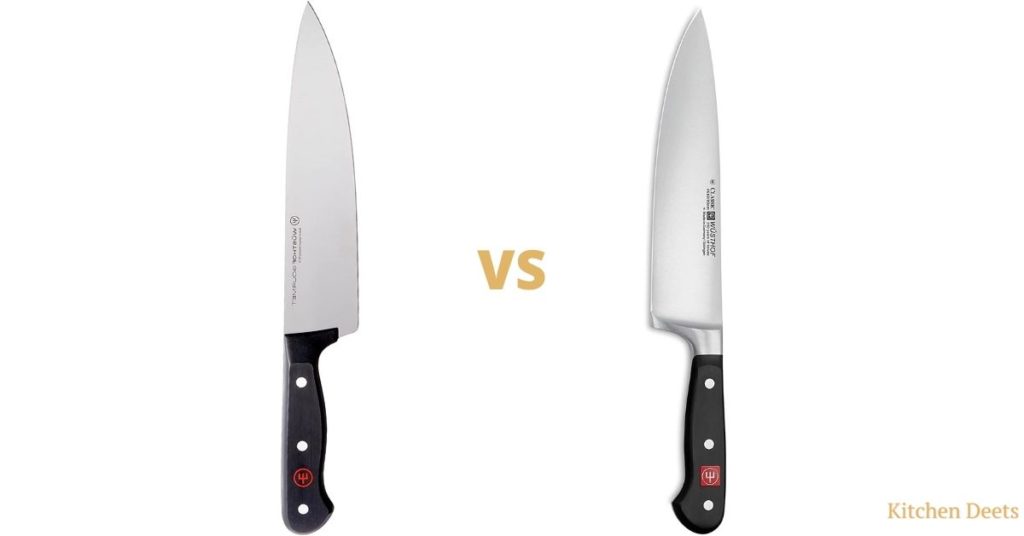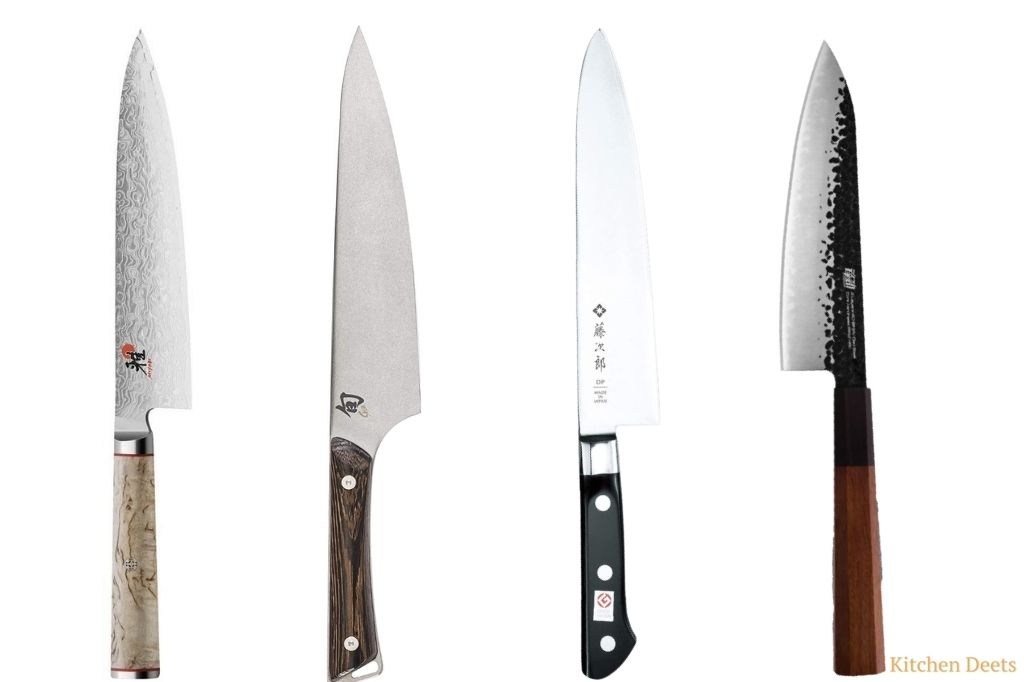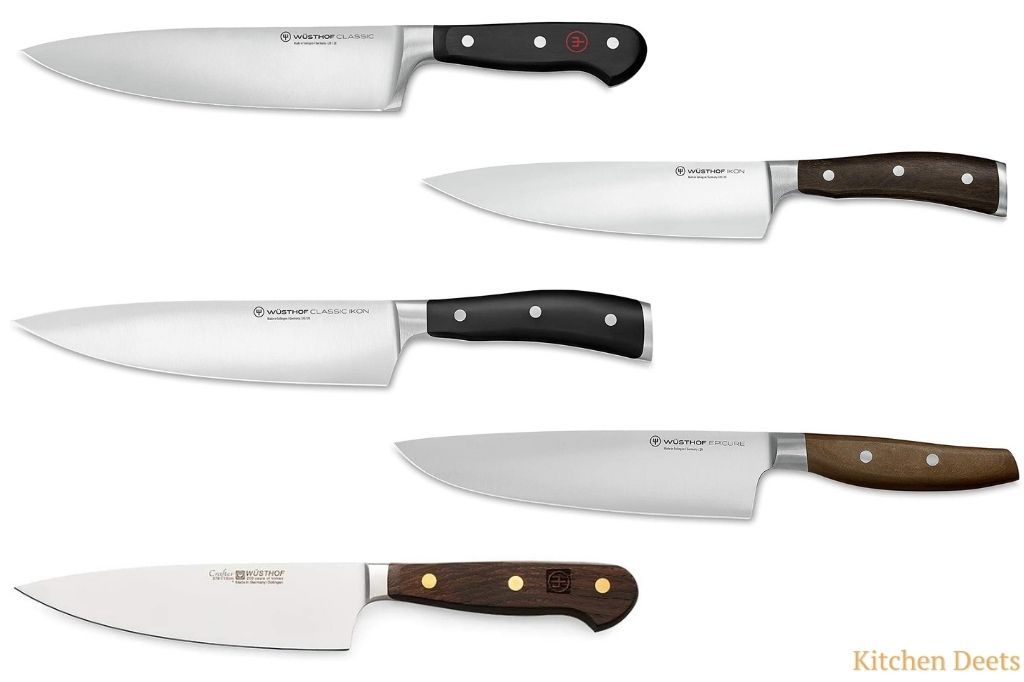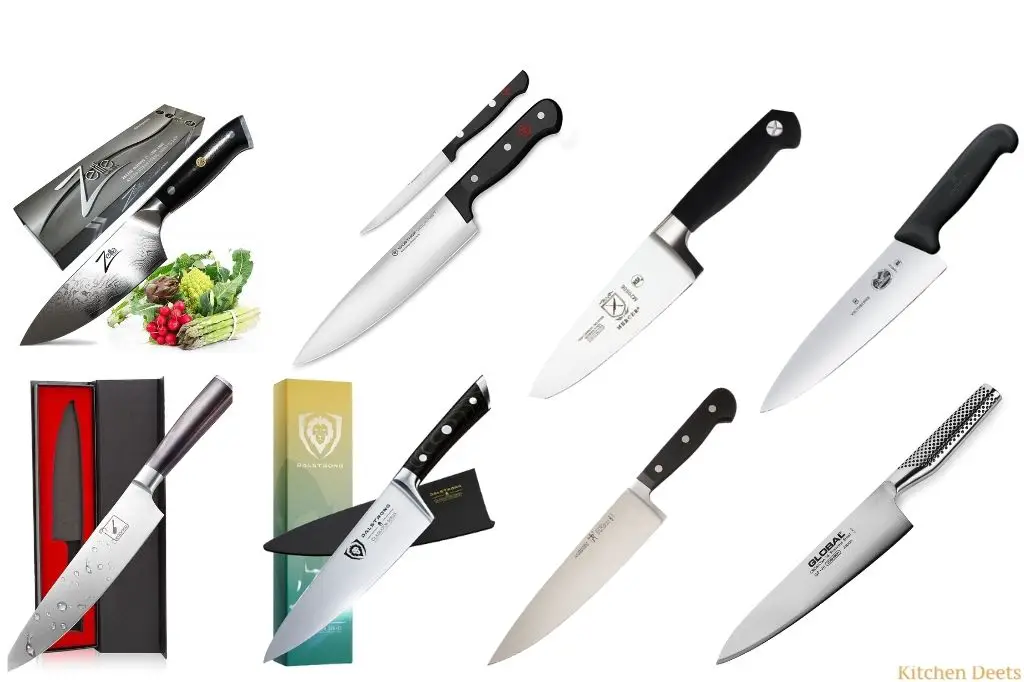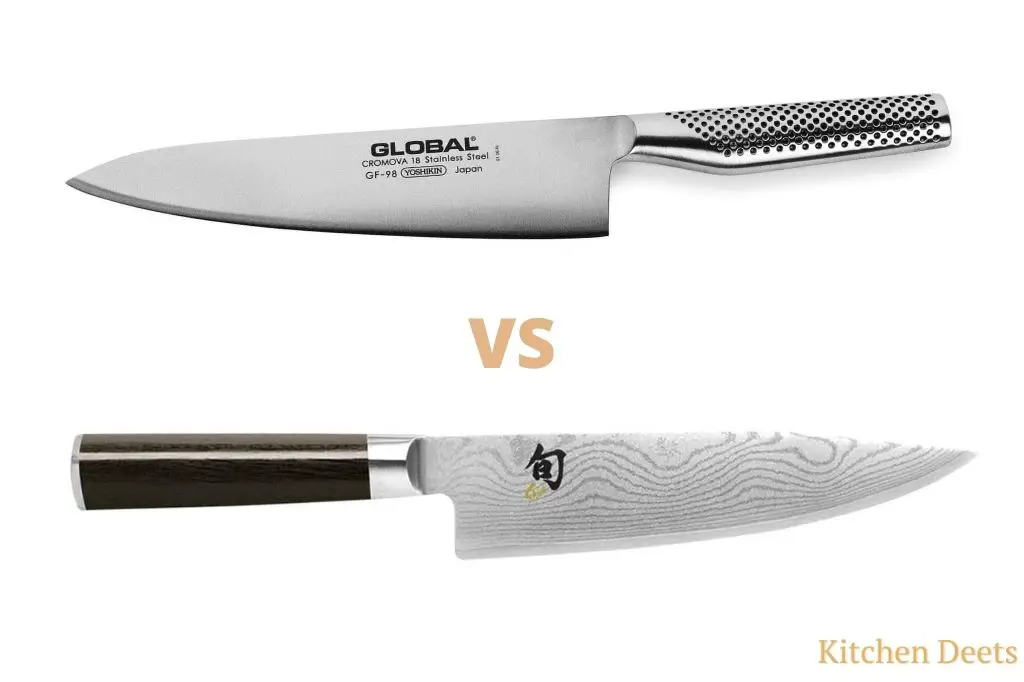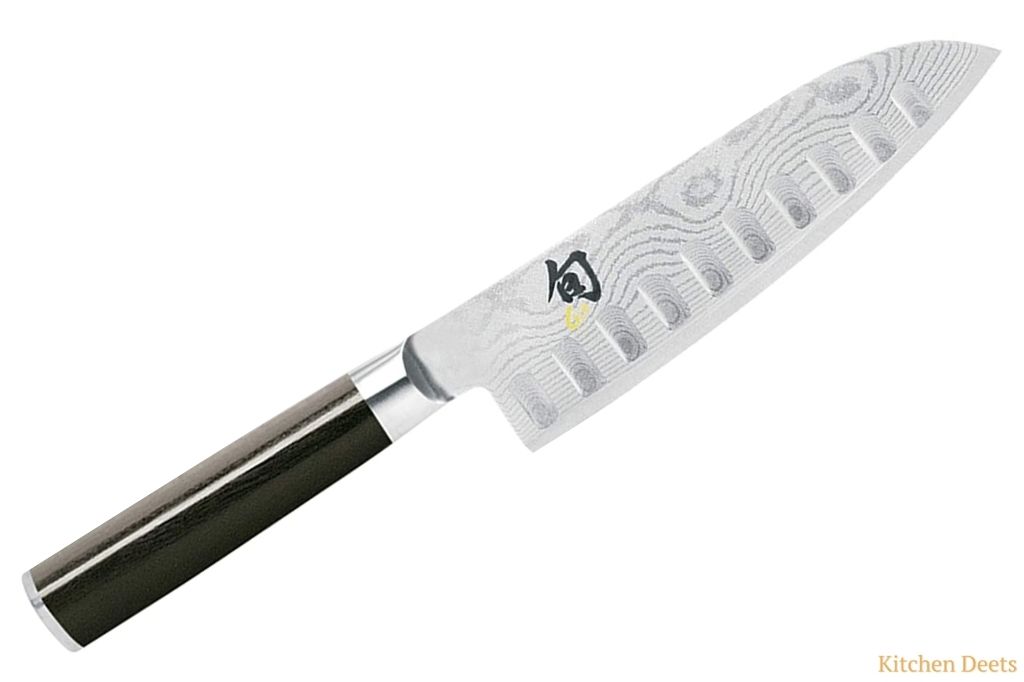When you’re looking to buy kitchen knives, there are so many things to think about, and the best one to buy will vary from person to person. Maybe you’re not sure if you want Wusthof Classic or Wusthof Gourmet knives, and the only thing you’re sure of is that you don’t want cheap knives! Well, we can help. Here we’ll be taking a look at what makes Wusthof Classic and Wusthof Gourmet kitchen knives different and how they compare against each other.
Let’s dive right in…
Wusthof Gourmet Vs Classic:
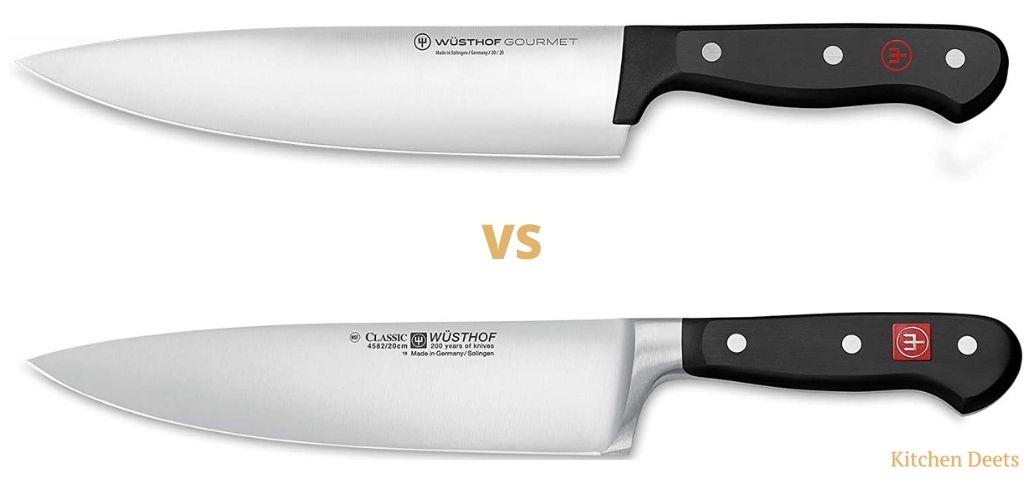
How do you choose between two of the most popular Wusthof kitchen knives on the market, the gourmet and classic? To help you figure it out, we’ll talk about some of the main differences between these knives and show you why the classic knife comes with a heftier price tag than its gourmet counterpart.
Overall Design:
In terms of overall design, there are three factors to consider: weight, balance, and shape. The Classic version is heavier than gourmet because it features a longer handle with a thicker blade. This makes for a sturdier knife overall, which provides more heft for cutting tougher foods and is easier to handle when working with large cuts of meat and larger vegetables.
Blade Material
One key difference between these two knives is that Wusthof gourmet’s blades are made of high-carbon stainless steel. And Wusthof classic knives feature X50CrMoV15 stainless steel. High-carbon stainless steel provides superior sharpness but is susceptible to corrosion if not properly maintained. It will eventually need to be re-sharpened with a whetstone.
Handle Material:
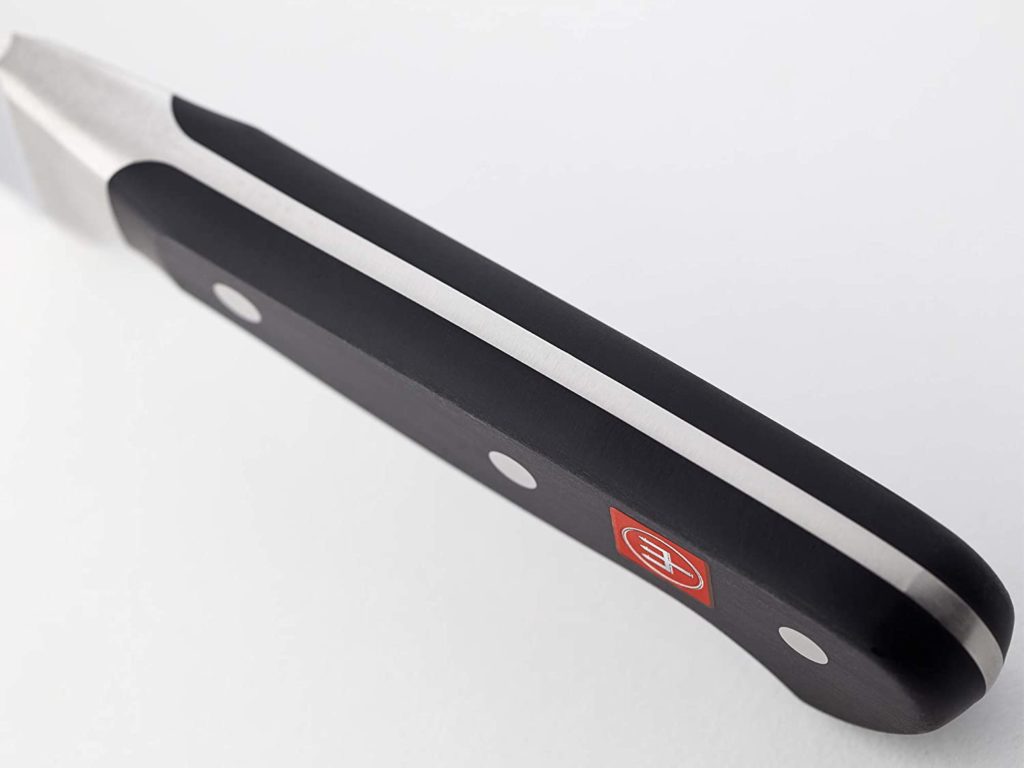
The handles on both knives are made of polyoxymethylene (POM) and riveted to their blades.
The handle material is one of your primary considerations when choosing a new knife. It’s important that you feel comfortable with your grip. This is why it’s best to choose a handle that fits in your hand.
The Classic’s handle is designed with a traditional look and feel in mind, with a contoured shape and embossed end-cap to provide a good grip for your fingers.
While Gourmet blades have a solid tang that runs through each handle, ensuring long life. If you drop one on a hard surface, there is less risk of it breaking or cracking than if it had an exposed tang.
Forged or Stamped:
The classic series uses a single-piece forged blade. While its opposite, the gourmet series uses a stamped blade. Stamped blades are typically cheaper to produce and can be produced quicker than forged blades.
Both knives are balanced but don’t expect them to perform exactly alike. Many people prefer one over another depending on their needs and preferences.
Full Bolster Vs No Bolster:
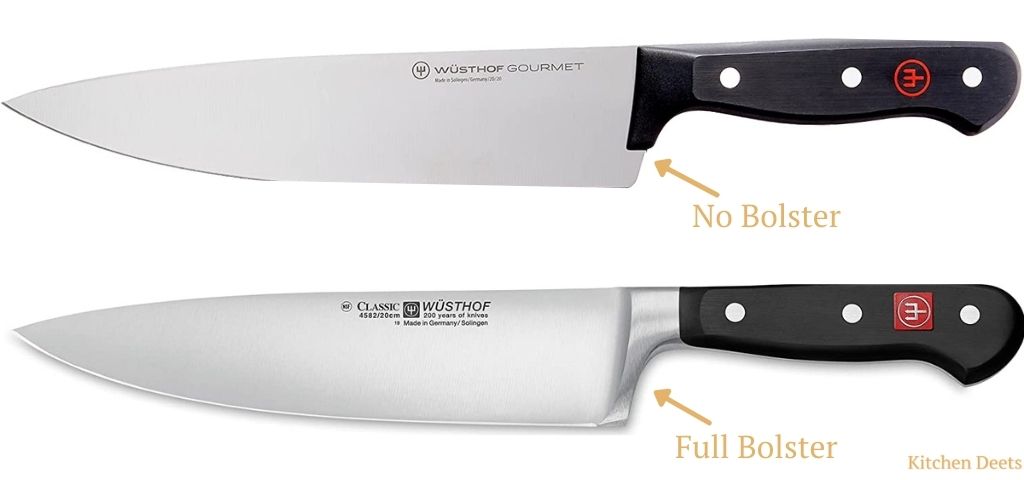
The biggest distinction between a gourmet knife and a classic knife is that a gourmet knife doesn’t have a bolster. A classic Wusthof blade has a bolster, or metal collar, that serves as an extra piece of material between your hand and food while you’re cutting. All Classic knives are forged from one piece of steel which gives them an exceptional balance and durable construction.
Overall Size & Blade Length
The overall length of each knife is an important factor when choosing a kitchen knife. The longer your kitchen knives, the easier it will be to handle larger items in your prep work. For instance, Wusthof Classic chef knife is 13 inches long, while its gourmet counterpart is only 11 inches long.
The length of a knife’s blade has little to do with its function, but it does have quite a bit to do with how it feels in your hand. Generally speaking, shorter blades are used for smaller projects like trimming fat and tendons off meat. Longer blades are better suited for more substantial jobs like cutting up whole chickens or breaking down racks of ribs into individual portions.
Blade’s Hardness:
Classic blades have a Rockwell hardness rating of 58, so you don’t have to worry about either being too soft or too hard. The blades are easy to sharpen, but because they are so well-made, you may not have to sharpen them for years.
On the other hand, Wusthof Gourmet knives have a Rockwell score of 56 which means that they’re tough enough to withstand normal kitchen tasks without losing their edge.
If hardness is a measure of blade strength, then it’s obvious that harder is better, right? Not really. It’s true that harder steel will take a sharper edge, but once that edge becomes dull. Harder steel is more difficult to sharpen back to optimal shape than softer steel.
Edge Angle:
Edge angle is one of the major differentiators between these two knife lines. An edge angle of 14° for Classic knives translates to a steeper angle than that of gourmet knives, which have an 18° edge angle. To sum it up, all things being equal, classic knives will be sharper than gourmet knives.
The sharper a blade is, though, the easier it can chip or break.
Price:

Wusthof Classic knives are typically more expensive than gourmet models. As you can probably guess, there’s a reason for that. The construction and materials used in classic models are generally of better quality. I’m not saying that gourmet knives aren’t good; many people prefer gourmet’s design and feel over classics.
One of the main reasons why people opt for gourmet knives is because they’re relatively cheaper than classic knives. So, if you don’t want to break your budget by spending $100 or more on a single knife. It’s best to go with a gourmet model.
Warranty:
Both knives have a limited lifetime warranty that protects against defects in materials and craftsmanship. These warranties do not cover issues like scratches, chips, or corrosion that may result from normal use. If your knife breaks due to a defect in workmanship. You can send it back to be repaired or replaced under warranty at no cost to you.
Which One Should You Buy?
It depends on what you’re using your knives for. The Classic ones are best for cooks and culinary experts and will likely cost more. But they’ll last much longer and be able to endure a great deal of wear and tear.
However, if you don’t mind replacing your knife every couple of months (or even less often) then you can save money by purchasing a Gourmet model made of high carbon stainless steel.
